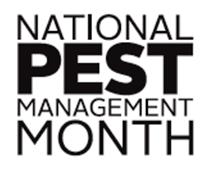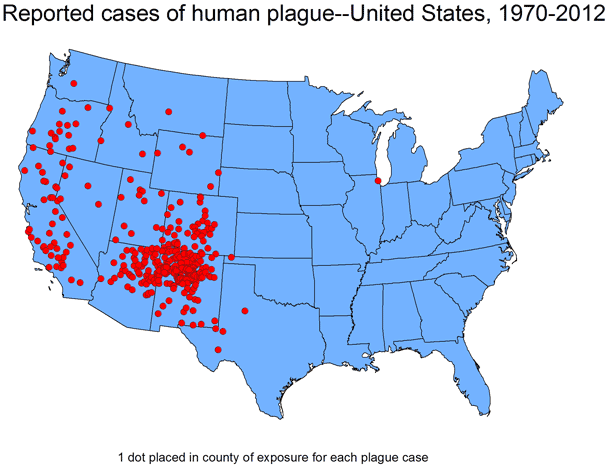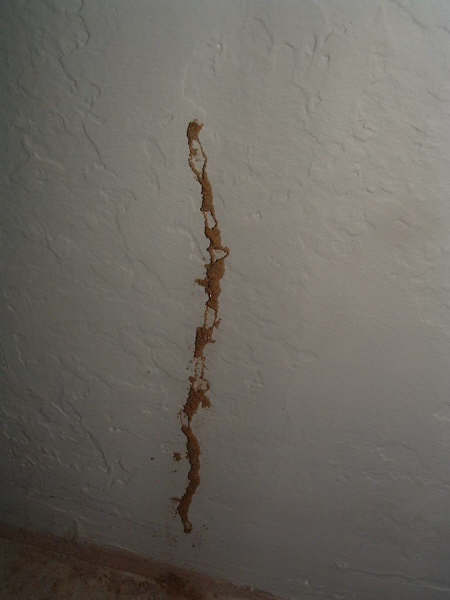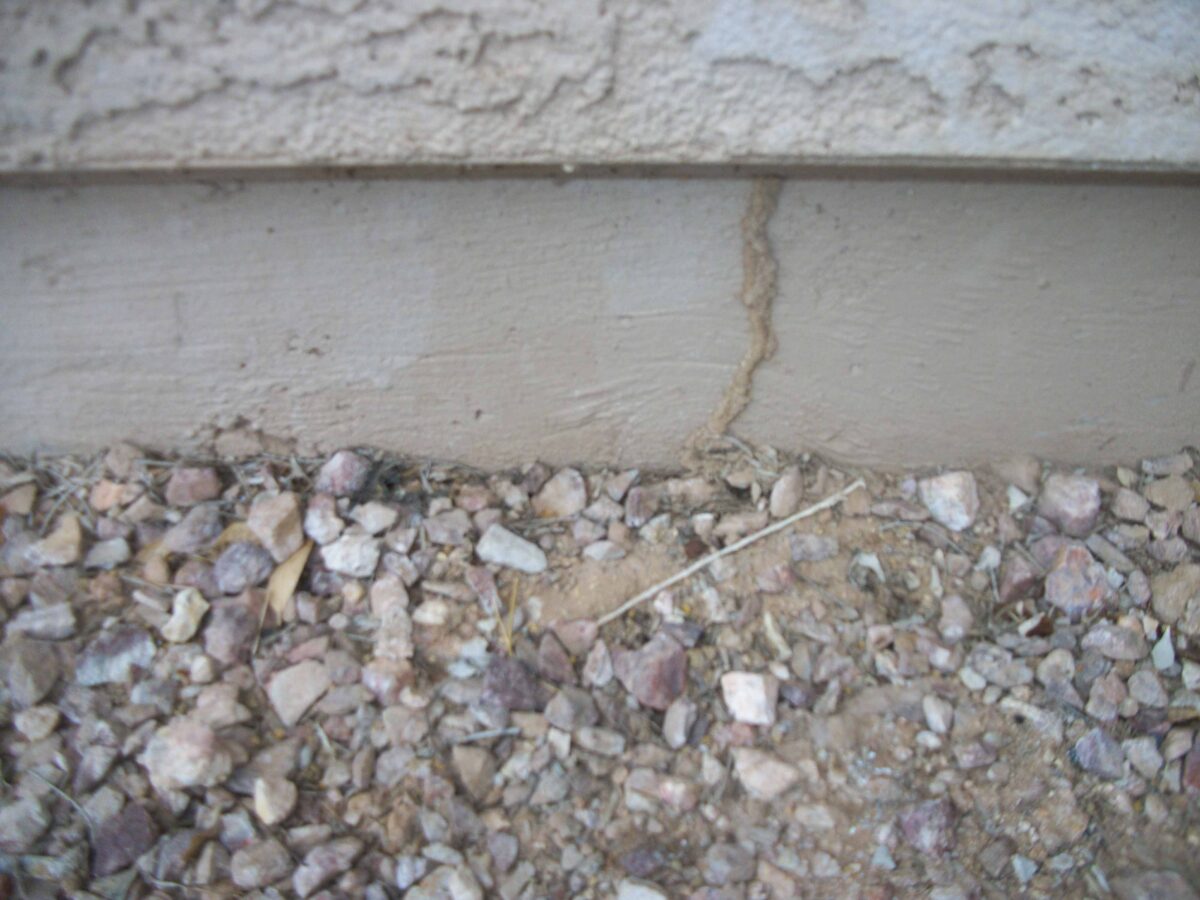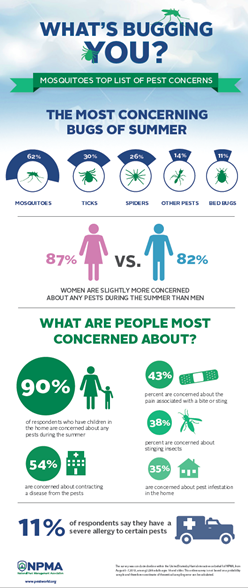One of the many benefits of belonging to a Professional Association are the great benefits and this benefit actually helps consumers find a “PRO” in their area. There are also tips on helping you find that Pro.
13 years have gone by since that fateful day September 11, 2001. I have had the privilege of visiting Ground Zero and the Pentagon and have been in awe of our resolute to carry on. Not only in our remembrance but in our commitment to persevere. Where were you? What was your first reaction?
Here are a few pictures I took while visiting Washington D.C. this last February for National Pest Management Legislative Days.
More than nine out of ten allergists surveyed (97 percent) believe a pest-free home is an important step in preventing asthma and allergy symptoms, according to a recent survey conducted by the Asthma and Allergy Foundation of America (AAFA) supported by a grant from the National Pest Management Association (NPMA).
The AAFA survey of allergists also revealed the following: Press Release
- Nearly 8 out of 10 allergists surveyed (76 percent) say, aside from dust mites, cockroaches are the most problematic household pest for patients suffering from asthma or allergies. More than half of allergists surveyed (57 percent) rank rodents as the second most problematic, and nearly two-thirds (63 percent) rank stinging insects as third.
- More than 9 out of 10 allergists surveyed (95 percent) regularly advise their patients to reduce their exposure to pest allergens in their homes.
- 9 out of 10 allergists surveyed (90 percent) would recommend that a patient with a pest problem consult with a pest management professional.
- When asked to provide open-ended comments about advice they give to patients who have a sensitivity to cockroach allergen, the most frequent advice cited by allergists surveyed was to contact or hire a pest management professional.
I was going to start out with the old adage “Have you hugged your Pest Management Professional” but didn’t want to stir any pots. OK I did it anyway, but did you know:
The world needs pest management professionals, guardians of the environment and protectors of public health, property and food. Ever since “The Jungle” was released in 1906 written by Upton Sinclair – the food industry (meat packing industry) has been regulated and scrutinized. There are a few that consider all the work we do as unnecessary but over 1 million die from Malaria each year (caused by mosquitoes) and Bubonic Plague (caused by fleas) still taps our shoe heels each year.
Plague in the United States
Plague was first introduced into the United States in 1900, by rat–infested steamships that had sailed from affected areas, mostly from Asia. Epidemics occurred in these port cities. The last urban plague epidemic in the United States occurred in Los Angeles from 1924 through 1925. Plague then spread from urban rats to rural rodent species, and became entrenched in many areas of the western United States. Since that time, plague has occurred as scattered cases in rural areas. Most human cases in the United States occur in two regions:
- Northern New Mexico, northern Arizona, and southern Colorado
- California, southern Oregon, and far western Nevada
Information provided by www.cdc.gov
Are there different kinds of termites?
Yes, the four major kinds of termites in the United States are dampwood, drywood, Formosan and subterranean.
· Dampwood termites commonly live in heavily forested areas of the country as they prefer wood with a high moisture content. They are normally larger than other termite species.
· Drywood termites, much more rare in the United States, prefer extremely dry wood like that found in attic framing. They live in colonies of up to 2,500 members and usually swarm on sunny, warm days after a sudden rise in temperature.
· Formosan termites, also known as “super termites,” are an extremely aggressive termite species originally from China. They live in huge underground colonies, with an average of 350,000 workers and build intricate mud nests in the ground.
· Subterranean termites are by far the most destructive termite species. They live in underground colonies with as many as two million members. Subterranean termites use their scissor-like jaws to eat wood 24 hours a day, seven days a week.
Termite Facts
- Termites are known as “silent destroyers” because of their ability to chew through wood, flooring and even wallpaper undetected.
- There are about 2,000 known species of termites in the world.
- The most common termite species found in the United States are subterranean termites, Formosan termites, dampwood termites, drywood termites.
- Subterranean termites are by far the most destructive species of termite as they eat 24 hours a day, seven days a week.
- Each year, termites cause more than $5 billion in property damage.
- Termite colonies can have upwards of 2 million members.
- Termites are present in 70 percent of countries across the world and their population outnumbers human beings on a ratio of ten to one.
- The queen termite can lay up to 40,000 eggs per day.
August 21, 2013 (Fairfax, Va.) – The National Pest Management Association (NPMA) is pleased to announce the launch of a new logo and tagline as part of the association’s ongoing evolution of its brand, which began in 2012 with the creation of the association’s strategic plan.
During its July meeting, the Board of Directors approved a new logo and tagline that represents the goals identified in NPMA’s strategic plan – education, protection, and growth.
“It was the perfect time to evaluate our company’s brand and logo to ensure it was in sync with who we are and where we are going,” stated NPMA Executive Vice President Bob Rosenberg. “For 80 years, NPMA’s members have helped to build a trusted brand in the pest management industry. It is with them in mind that we are excited to unveil our new, fresh visual identity to further strengthen our position as an industry leader and carry us into the future.”
The new logo showcases a shield around a person and a structure, graphically depicting the industry’s protection of person and property. The new tagline, “Our Mission is Your Protection” provides a dual purpose. While NPMA’s mission is to provide protection to its members through advocacy, education, and business opportunities, the logo and tagline was also designed with association members in mind, as it is their mission to protect their customers.
Over the next few weeks, NPMA will be updating its collateral, stationery, and Web site with the new logo. A formal launch is planned for PestWorld 2013, to be held in Phoenix, Arizona on October 22-25. For more information, visit www.npmapestworld.org/pestworld2013.
I have to give Kudo’s to my industry on staying ahead of the curve, the National Pest Management Association has a Online Program that addresses the new and upcoming technology and updated news. They produced a program a year or so ago on Bed Bugs and have just brought forth a update from OSHA to the change of the (MSDS) Material Safety Data Sheet to the (SDS) or Safety Data Sheets.
The Hazard Communication Standard (HCS) is now aligned with the Globally Harmonized System of Classification and Labeling of Chemicals (GHS). This update to the Hazard Communication Standard (HCS) will provide a common and coherent approach to classifying chemicals and communicating hazard information on labels and safety data sheets.





